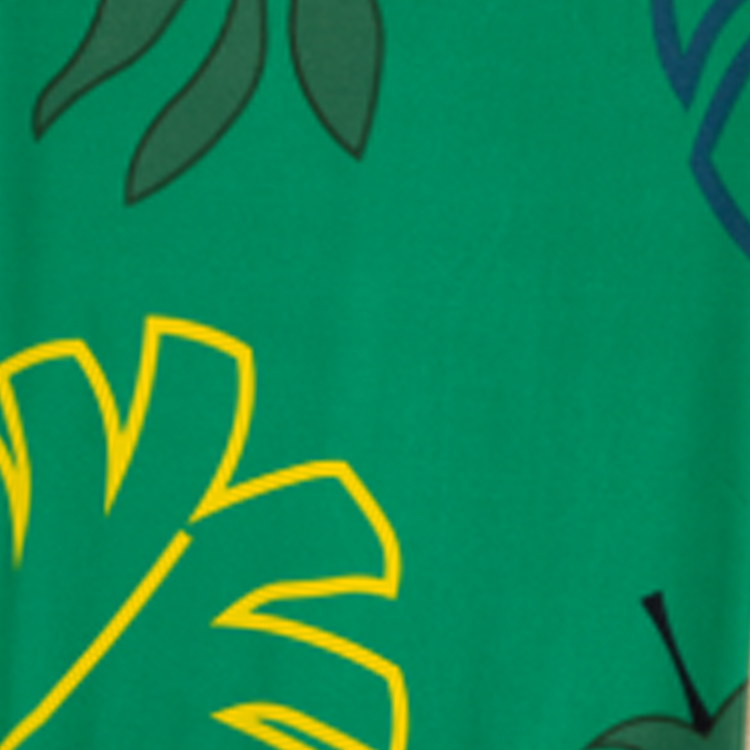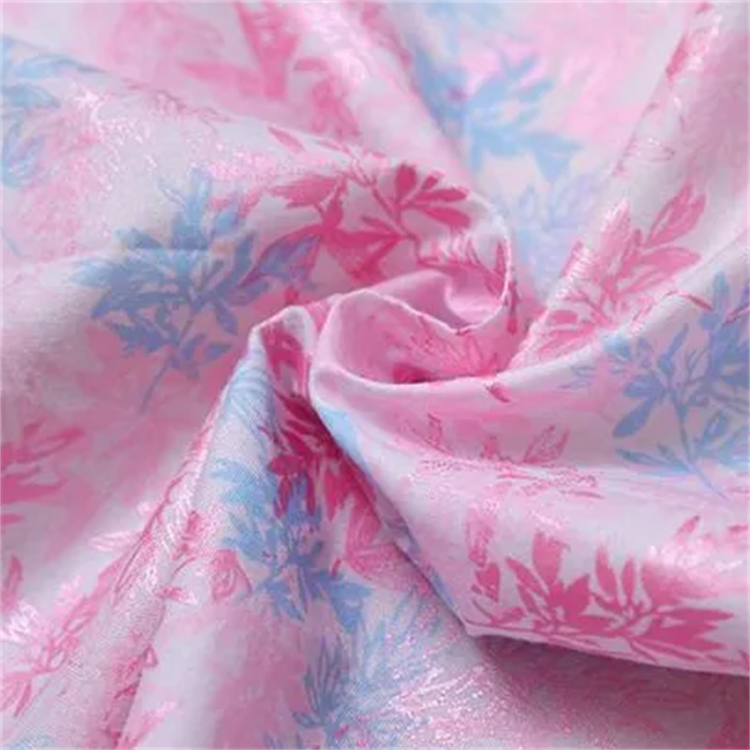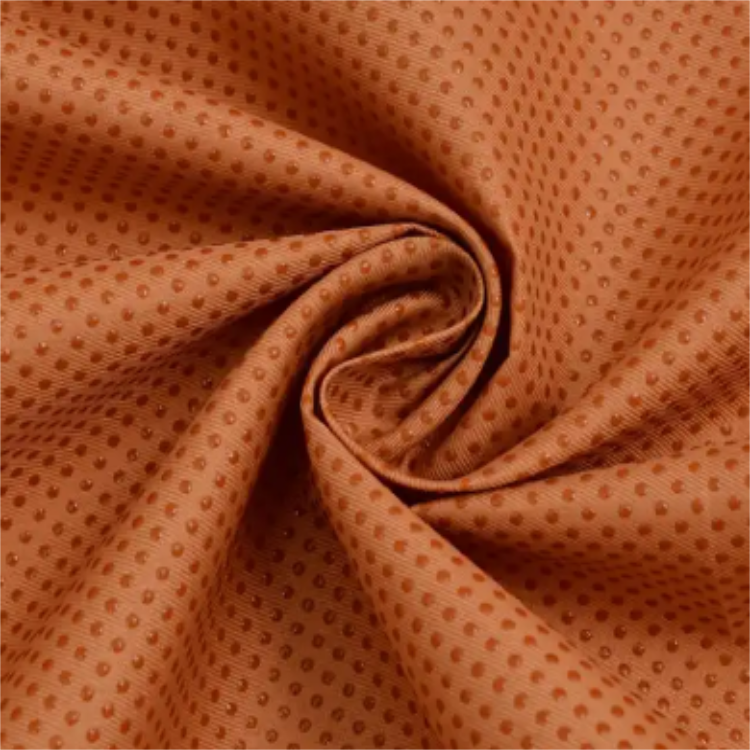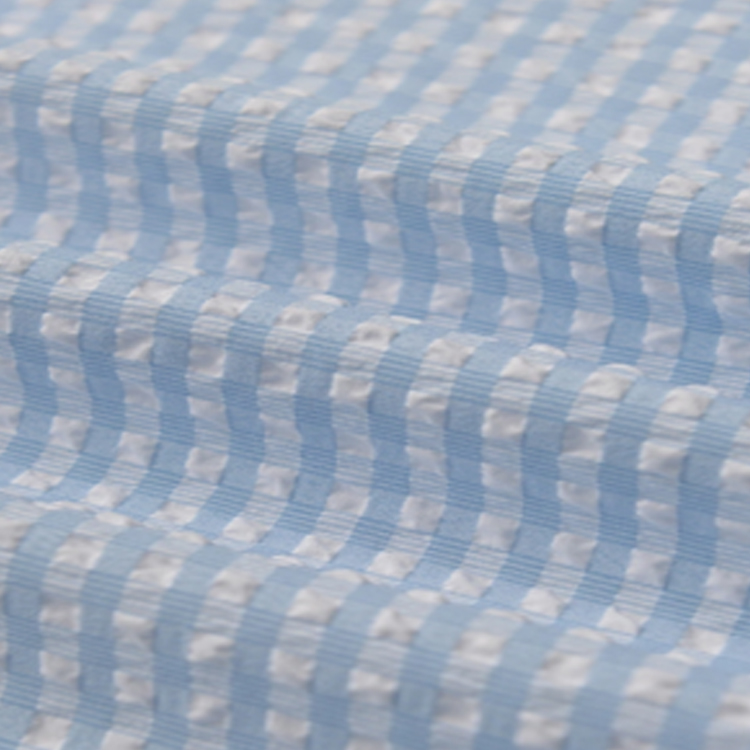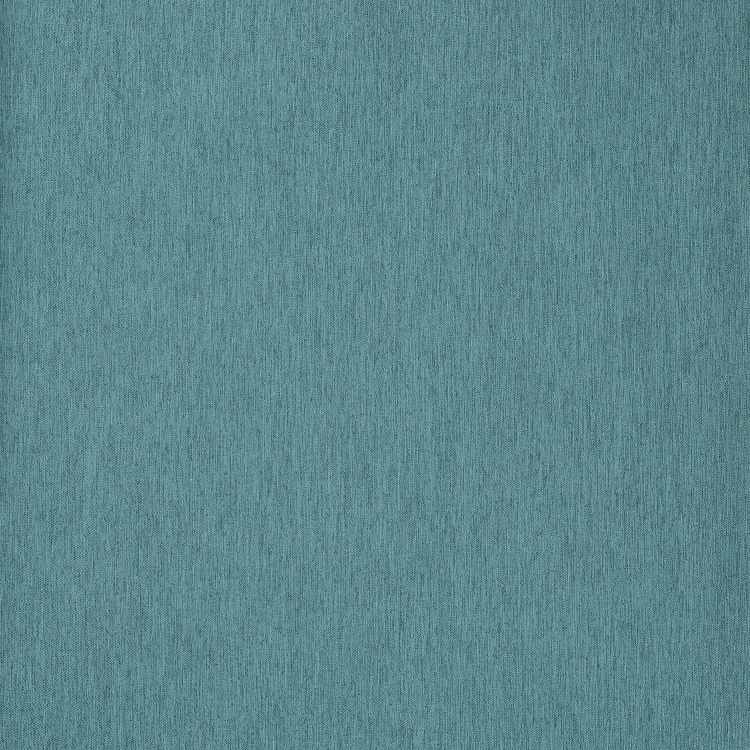Industry knowledge
What are functional fabrics, and how are they different from regular fabrics?
Functional fabrics are textiles that are designed to perform specific functions beyond the basic purpose of covering the body or serving as a decorative material. These fabrics are made by weaving or knitting fibers of various materials and treating them with special finishes or coatings to enhance their performance properties. Functional fabrics differ from regular fabrics in that they have advanced features that provide additional benefits to the user, such as moisture-wicking, UV protection, and antimicrobial properties. These fabrics are widely used in the production of clothing, outdoor gear, and other textiles that require specialized performance properties.
What are the benefits of using functional fabrics in clothing and other textiles?
The benefits of using functional fabrics in clothing and other textiles are numerous. Firstly, functional fabrics can improve the comfort and functionality of clothing by providing moisture-wicking properties that keep the wearer dry and comfortable, even during intense physical activity. Secondly, functional fabrics can provide protection against the sun's harmful rays, which is especially important for outdoor activities. Thirdly, functional fabrics can offer thermal insulation, which helps to regulate body temperature in extreme weather conditions. Additionally, functional fabrics can provide antimicrobial properties, which inhibit the growth of bacteria and reduce odors. Lastly, functional fabrics can improve the durability and longevity of textiles by increasing their resistance to wear and tear.
What types of functional fabrics are available in the market, and how do they function?
There are various types of functional fabrics available in the market, including:
Moisture-wicking fabrics: These fabrics are designed to move moisture away from the skin and towards the outer surface of the fabric, where it can evaporate quickly. This helps to keep the wearer dry and comfortable during physical activity.
UV-protective fabrics: These fabrics are treated with a special coating that blocks out harmful UV rays from the sun, protecting the wearer's skin from damage.
Antimicrobial fabrics: These fabrics are treated with antimicrobial agents that inhibit the growth of bacteria and reduce odors.
Thermal fabrics: These fabrics are designed to provide thermal insulation, keeping the wearer warm in cold weather conditions.
Waterproof and breathable fabrics: These fabrics are treated with a special membrane that allows water vapor to escape while keeping water out, making them ideal for outdoor gear such as tents and backpacks.
Stretch fabrics: These fabrics are made with elastane fibers that provide a comfortable stretch and recovery, making them ideal for athletic wear.
Can functional fabrics be used in outdoor gear, such as tents and backpacks, and what benefits do they offer?
Yes, functional fabrics can be used in outdoor gear such as tents and backpacks. Waterproof and breathable fabrics are commonly used in the production of outdoor gear to provide protection against the elements while allowing moisture to escape. These fabrics are treated with a special membrane that prevents water from penetrating the fabric while allowing water vapor to pass through, keeping the user dry and comfortable. Additionally, some outdoor gear may use fabrics with antimicrobial properties to reduce odors and prevent the growth of bacteria, while others may use UV-protective fabrics to protect against the sun's harmful rays.
What are the advantages of using functional fabrics in athletic wear, and how do they enhance performance?
The advantages of using functional fabrics in athletic wear are numerous. Firstly, moisture-wicking fabrics keep the wearer dry and comfortable during physical activity by moving moisture away from the skin and towards the outer surface of the fabric, where it can evaporate quickly. Secondly, stretch fabrics provide a comfortable stretch and recovery, allowing for a full range of motion during exercise. Thirdly, thermal fabrics provide insulation, keeping the wearer warm in cold weather conditions. Additionally, some athletic wear may use fabrics with antimicrobial properties to reduce odors and prevent the growth of bacteria.


 Español
Español

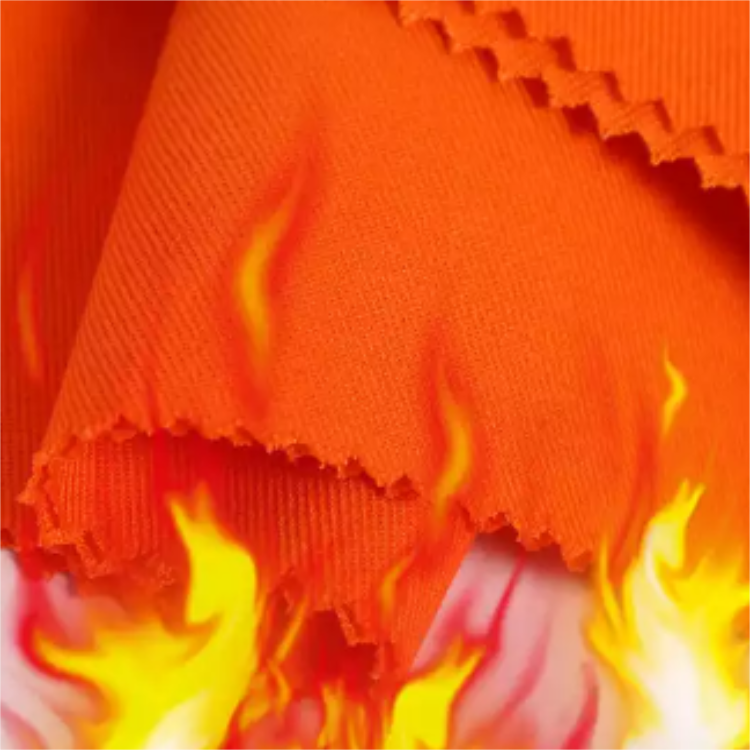
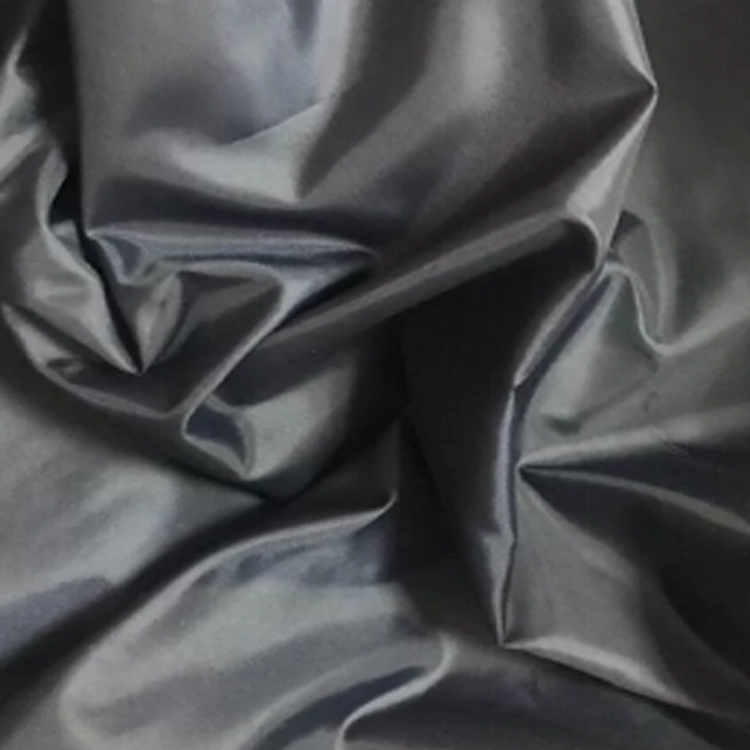
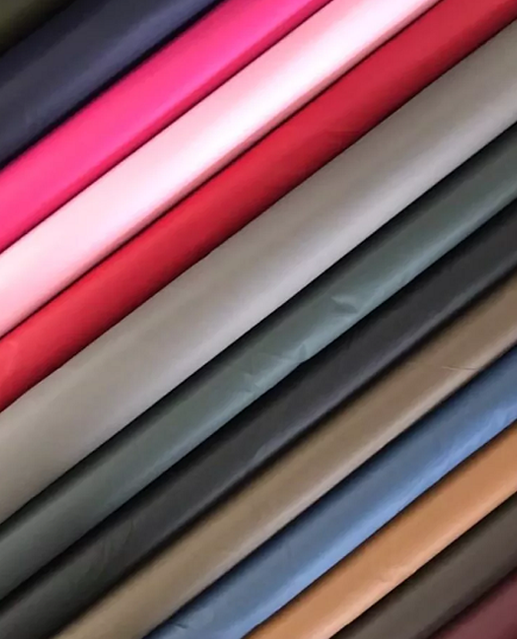









`mir_(1u54.jpg?imageView2/2/w/600/h/600/format/webp/q/75)


